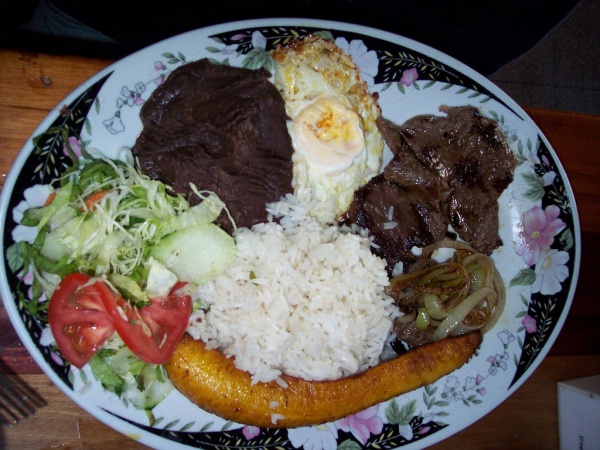Facts About Costa Rican cuisine
Costa Rican cuisine emphasizes mild flavors and fresh ingredients, with a strong focus on fruits and vegetables. Rice and black beans are the staples of traditional meals, often consumed three times a day. The cuisine is renowned for its nutritious quality, relying on what's fresh and locally available, particularly tropical fruits and vegetables.
Thanks to a thriving tourism industry and diverse rural communities, Costa Rica's cities boast a wide array of foods. You'll find everything from traditional Costa Rican dishes to international cuisines such as Peruvian, Japanese, Chinese, and Italian. Food plays a significant role in Costa Rican life, frequently bringing families together for meals and celebrations.
Indigenous peoples, such as the Chorotega, historically relied heavily on maize, a staple that continues to influence contemporary cooking. Corn-based dishes like tamales are particularly popular during Christmas. On the Caribbean coast, Afro-Caribbean influences are evident in unique dishes like mondongo and coconut milk-infused rice and beans.
Rice and beans are ubiquitous in Costa Rican cuisine, even at breakfast. Potatoes, pork, beef, chicken, fish, plantains, and the beloved condiment Salsa Lizano also feature prominently. Traditional favorites include gallo pinto (a rice and beans mix), casado (a typical meal plate), arroz con pollo (chicken with rice), ceviche, chicharrón (fried pork), and olla de carne (a meat and vegetable stew). Beverages such as coffee, agua dulce (sweet water), frescos (fruit drinks), and local beers are essential components of the dining experience.
When it comes to desserts, Costa Rican sweets often showcase ingredients like milk, corn, sugarcane, eggs, and fruits. Popular treats include tres leches cake, fruit salad, and queque navideño (Christmas cake). The cuisine is a delightful blend of indigenous, Spanish, and Afro-Caribbean influences, offering rich and diverse flavors.

 Nicaragua
Nicaragua